Home>Garden Essentials>What Is Poppy Seed Dressing
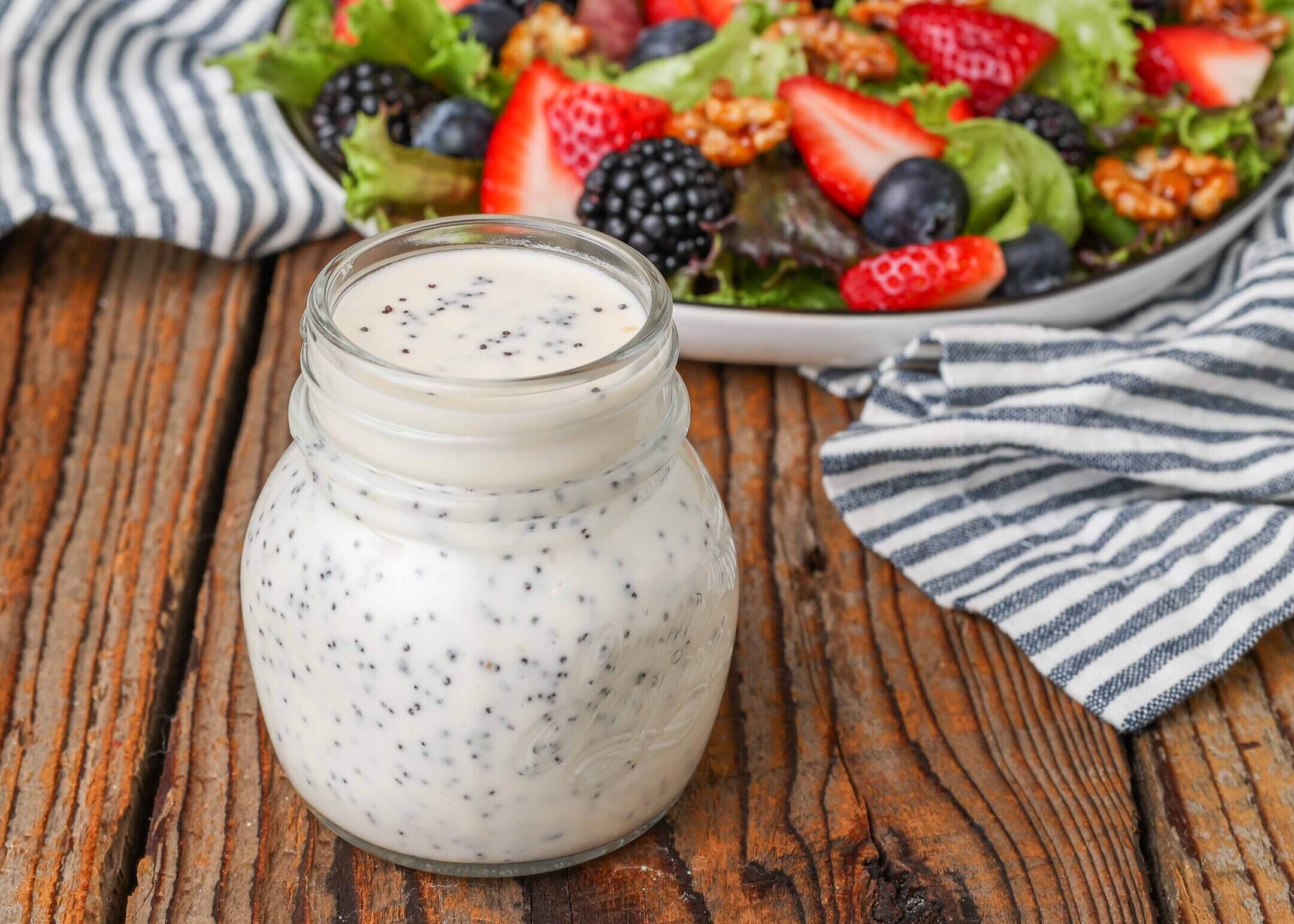

Garden Essentials
What Is Poppy Seed Dressing
Modified: March 16, 2024
Learn about the flavorful and versatile Garden Poppy Seed Dressing. Perfect for salads and more, this dressing adds a delightful pop of taste to your meals.
(Many of the links in this article redirect to a specific reviewed product. Your purchase of these products through affiliate links helps to generate commission for Storables.com, at no extra cost. Learn more)
Introduction
Welcome to the wonderful world of poppy seed dressing! If you’re a salad lover or enjoy exploring new flavors in your culinary adventures, then you’ve come to the right place. In this article, we’ll delve into the delightful realm of poppy seed dressing – a versatile and mouthwatering condiment that can elevate any dish. Whether you’re a novice in the kitchen or an experienced chef, poppy seed dressing is a must-have in your repertoire.
So, what exactly is poppy seed dressing? As the name suggests, it is a type of dressing made from poppy seeds. These tiny, kidney-shaped seeds come from the opium poppy plant, scientifically known as Papaver Somniferum. Despite its association with the opiate drug, the culinary use of poppy seeds is completely safe and legal.
Poppy seed dressing is known for its delicate sweetness and nutty flavor, making it a perfect accompaniment to salads, sandwiches, and even desserts. It offers a refreshing twist to traditional dressings and adds a delightful crunch to any dish.
Now that we have introduced poppy seed dressing, let’s explore the core ingredients that bring this delicious condiment to life. Stay tuned!
Key Takeaways:
- Poppy seed dressing is a versatile condiment made from poppy seeds, offering a delightful crunch and nutty flavor. It can be used in salads, sandwiches, and as a marinade, adding a burst of flavor to your favorite dishes.
- With endless variations like creamy, lemon, and honey mustard, poppy seed dressing can be customized to suit your taste. Its health benefits include promoting heart health, aiding in nutrient absorption, and providing essential fatty acids.
Read more: What To Do With Poppy Seeds
Definition of Poppy Seed Dressing
Poppy seed dressing can be defined as a creamy or vinaigrette-style dressing that incorporates poppy seeds as a key ingredient. It is a popular condiment known for its unique taste and texture. The dressing is typically made by combining various ingredients such as oil, vinegar, sugar, mustard, and of course, poppy seeds.
Poppy seeds themselves are the tiny, oil-rich seeds that come from the opium poppy plant. They are black in color and have a slightly nutty flavor. These seeds are widely used in baking, cooking, and as a garnish for their visual appeal and aromatic properties.
When used in dressing, poppy seeds add a delightful crunch and subtle sweetness. They also lend a distinct flavor profile that sets poppy seed dressing apart from other dressings. The seeds may be ground or left whole, depending on personal preference and the desired texture of the dressing.
Poppy seed dressing can be found in both store-bought and homemade varieties. Store-bought versions often come in convenient bottles or jars and provide a quick and easy solution for adding a burst of flavor to your meals. However, homemade poppy seed dressing allows for customization and allows you to adjust the balance of flavors to your liking.
Now that we have defined what poppy seed dressing is, let’s take a closer look at the core ingredients that give this dressing its unique taste and texture. Stay tuned!
Ingredients Used in Poppy Seed Dressing
Poppy seed dressing is a delightful blend of ingredients that come together to create a harmonious balance of flavors. While the exact ingredients may vary depending on the recipe, there are a few key components that are commonly used in making this delicious dressing.
1. Poppy Seeds: As the star ingredient, poppy seeds add a pleasant crunch and a nutty flavor to the dressing. These tiny black seeds are essential in creating the signature texture and appearance of the dressing.
2. Oil: A commonly-used oil in poppy seed dressing is vegetable oil or a mild-flavored oil like canola or sunflower oil. The oil helps to emulsify the dressing and gives it a smooth and creamy consistency.
3. Vinegar: Vinegar provides a tangy and acidic component to the dressing. Popular choices include white wine vinegar, red wine vinegar, apple cider vinegar, or balsamic vinegar. The type of vinegar used can influence the overall flavor profile of the dressing.
4. Sweetener: To balance the tanginess of the vinegar, a sweetener is added. Common choices include white sugar, honey, maple syrup, or agave syrup. The sweetener adds a touch of sweetness that complements the other flavors in the dressing.
5. Mustard: Mustard adds depth and complexity to the flavor profile of the dressing. Dijon mustard or whole-grain mustard are often used for their distinct flavors. The mustard not only enhances the taste but also helps to emulsify the dressing and give it a creamy texture.
6. Seasonings: Additional seasonings such as salt and pepper are used to enhance the overall taste of the dressing. Some recipes may also call for onion powder, garlic powder, or herbs like dill or parsley for added flavor.
These are the basic ingredients used in most poppy seed dressing recipes. However, feel free to experiment and personalize your own dressing by adding other ingredients like lemon juice, Greek yogurt, or even spices like paprika or cayenne pepper. The possibilities are endless!
Now that you know the key ingredients used in poppy seed dressing, let’s explore the nutritional value and health benefits of this delightful condiment. Stay tuned!
Nutritional Value of Poppy Seed Dressing
Poppy seed dressing not only adds flavor and texture to your meals but also offers several nutritional benefits. Let’s take a closer look at the nutritional value of this delectable condiment.
The exact nutrient composition of poppy seed dressing can vary depending on the specific ingredients and proportions used in the recipe. However, here is a general overview of the key nutrients found in poppy seed dressing:
- Calories: Poppy seed dressing is relatively high in calories due to its oil and sweetener content. On average, a 2-tablespoon serving of poppy seed dressing contains around 120-140 calories.
- Fat: The oil used in poppy seed dressing contributes to its fat content. While the exact amount can vary, a serving of poppy seed dressing typically contains 10-15 grams of fat. However, it’s important to note that the fat in poppy seed dressing is primarily healthy unsaturated fat, which can be beneficial for heart health.
- Omega-3 Fatty Acids: Poppy seeds are a good source of omega-3 fatty acids, which are essential fats that offer numerous health benefits. These fatty acids can help reduce inflammation, support brain health, and promote heart health.
- Carbohydrates: Poppy seed dressing contains a small amount of carbohydrates, primarily from the sweetener used. A 2-tablespoon serving of dressing typically provides around 5-8 grams of carbohydrates.
- Protein: Poppy seed dressing is not a significant source of protein. A serving usually contains less than 1 gram of protein.
- Fiber: While poppy seed dressing is not a significant source of fiber, some recipes may include ingredients like mustard or herbs that can contribute a small amount of dietary fiber.
- Vitamins and Minerals: Poppy seed dressing may contain trace amounts of vitamins and minerals depending on the specific ingredients used. However, the amounts are generally not significant enough to provide a substantial nutritional boost.
It’s important to remember that although poppy seed dressing offers some nutritional benefits, it should be consumed in moderation due to its calorie and fat content. Consider using it as a flavorful accent to your dishes rather than a main component.
Now that we understand the nutritional value of poppy seed dressing, let’s move on to explore the health benefits associated with this delicious condiment. Stay tuned!
Health Benefits of Poppy Seed Dressing
Poppy seed dressing not only adds a burst of flavor to your meals but also offers several health benefits. Let’s explore some of the potential health benefits associated with consuming this delightful dressing.
1. Source of Essential Fatty Acids: Poppy seeds, a key ingredient in poppy seed dressing, are a good source of essential fatty acids, including omega-3 and omega-6 fatty acids. These healthy fats are important for optimal brain function, reducing inflammation, and supporting heart health.
2. Aids in Nutrient Absorption: The presence of fat in poppy seed dressing can enhance the absorption of fat-soluble vitamins and phytonutrients present in vegetables and greens when used as a dressing. This means that adding poppy seed dressing to your salads can help you better absorb the nutrients from your leafy greens, such as vitamins A, D, E, and K, and antioxidant compounds.
3. Promotes Heart Health: The unsaturated fats in poppy seed dressing, particularly omega-3 fatty acids, can help support cardiovascular health by reducing inflammation, decreasing triglyceride levels, improving cholesterol balance and lowering the risk of heart disease.
4. Provides Antioxidants: Poppy seeds are rich in antioxidants, which help combat oxidative stress and protect the cells from damage caused by free radicals. Antioxidants in poppy seed dressing include vitamin E and phytochemicals, which are essential for overall health and may help reduce the risk of chronic diseases.
5. Promotes Bone Health: Poppy seeds are a good source of calcium, a mineral essential for maintaining strong and healthy bones. Consuming poppy seed dressing may contribute to your daily calcium intake and support bone health.
6. Boosts Energy: Poppy seed dressing provides a good amount of healthy fats and carbohydrates, which are important sources of energy for the body. Including poppy seed dressing in your meals can help sustain energy levels and support overall physical and mental performance.
7. Enhances Mood: Poppy seeds contain small amounts of compounds that can have mood-regulating effects. Specifically, the seeds are known to contain trace amounts of opiate alkaloids like morphine and codeine. While the levels are extremely low and not psychoactive, they can contribute to a sense of well-being and relaxation.
It’s important to note that while poppy seed dressing does offer potential health benefits, it should be consumed in moderation due to its calorie and fat content. The benefits can be maximized by pairing poppy seed dressing with a variety of nutrient-rich foods, such as leafy greens, vegetables, and lean proteins.
Now that we’ve explored the health benefits of poppy seed dressing, let’s move on to discover the various culinary uses and popular variations of this delectable condiment. Stay tuned!
When making poppy seed dressing, be sure to whisk together the ingredients thoroughly to ensure the oil and vinegar emulsify properly. This will help create a smooth and creamy dressing.
Read more: How To Get Poppy Seeds From A Poppy
Culinary Uses of Poppy Seed Dressing
Poppy seed dressing is an incredibly versatile condiment that can elevate the flavors of various dishes. Its unique taste and texture make it a popular choice in a wide range of culinary applications. Let’s explore the culinary uses of poppy seed dressing and how it can enhance your meals.
1. Salads: One of the most common uses for poppy seed dressing is as a dressing for salads. Its sweet and tangy flavor profile complements a variety of salad ingredients, such as mixed greens, spinach, strawberries, oranges, avocados, and feta cheese. Drizzle the dressing over your salad or toss it in for a delightful burst of flavor.
2. Sandwiches and Wraps: Poppy seed dressing can bring a new dimension of taste to your sandwiches and wraps. Spread it on bread or wraps as a flavorful alternative to traditional condiments like mayo or mustard. It works especially well with turkey, chicken, ham, or vegetarian options like grilled veggies or tofu.
3. Grain Bowls: Add a spoonful of poppy seed dressing to your grain bowls for a burst of flavor. It pairs well with quinoa, brown rice, couscous, or bulgur, enhancing the taste and adding a delightful crunch from the poppy seeds. Top it off with your favorite vegetables, proteins, and herbs for a complete and satisfying meal.
4. Roasted Vegetables: Drizzle poppy seed dressing over roasted vegetables to add a tangy and nutty flavor. It works particularly well with root vegetables like carrots, beets, and sweet potatoes, as well as cruciferous vegetables like cauliflower or broccoli. The dressing can help caramelize the vegetables and bring out their natural sweetness.
5. Fruit Salads: Poppy seed dressing is a perfect complement to fruit salads, adding a touch of sweetness and depth. It pairs beautifully with fruit like strawberries, blueberries, oranges, and pineapple. Toss the fruit with a little poppy seed dressing for a refreshing and flavorful twist.
6. Marinades: Use poppy seed dressing as a base for marinades. Its tanginess and flavor can enhance the taste of meats, poultry, or tofu when marinated before grilling, sautéing, or baking. Combine it with herbs, spices, and other seasonings to create a delicious marinade that will infuse your dish with mouthwatering flavors.
7. Dipping Sauce: Poppy seed dressing can also be used as a dipping sauce for various appetizers. From vegetable sticks and chicken nuggets to breaded shrimp or cheese bites, the dressing adds a burst of flavor that complements a wide range of finger foods.
With its versatility and delicious taste, poppy seed dressing can elevate the flavors of numerous dishes. Whether you’re a salad lover, sandwich enthusiast, or enjoy experimenting with different flavor combinations, poppy seed dressing is a must-have condiment in your kitchen.
Now that we’ve explored the culinary uses of poppy seed dressing, let’s delve into some popular variations and tips for making and using this delightful condiment. Stay tuned!
Popular Variations of Poppy Seed Dressing
Poppy seed dressing offers endless possibilities for customization and experimentation. While there are traditional recipes, there are also various popular variations that can suit different tastes and preferences. Let’s explore some of the well-loved variations of poppy seed dressing.
1. Creamy Poppy Seed Dressing: This variation adds a creamy and luscious texture to the dressing. It typically includes ingredients like mayonnaise, sour cream, or Greek yogurt to create a smooth and indulgent dressing. Creamy poppy seed dressing is perfect for those who enjoy a richer texture and a milder tang.
2. Lemon Poppy Seed Dressing: Adding the zest and juice of a fresh lemon to the dressing gives it a bright and citrusy twist. The tanginess of the lemon complements the nuttiness of the poppy seeds, creating a refreshing and vibrant flavor. Lemon poppy seed dressing is particularly popular in summer salads and lighter dishes.
3. Honey Mustard Poppy Seed Dressing: This variation combines the sweetness of honey with the tanginess of mustard. It creates a perfect balance of flavors that pairs well with a variety of ingredients. Honey mustard poppy seed dressing adds a touch of sweetness and a subtle kick to your salads or sandwiches.
4. Balsamic Poppy Seed Dressing: For a more sophisticated twist, balsamic poppy seed dressing combines the rich flavors of balsamic vinegar with the nuttiness of the poppy seeds. The result is a slightly tangy dressing with a hint of sweetness. Balsamic poppy seed dressing works well with both green and fruit salads.
5. Greek Poppy Seed Dressing: This variation incorporates the flavors of Greek cuisine into the dressing. It includes ingredients like crumbled feta cheese, garlic, and fresh herbs like dill or oregano. Greek poppy seed dressing delivers a savory and tangy taste, making it an excellent match for Greek-inspired salads or grain bowls.
6. Spicy Poppy Seed Dressing: If you enjoy a touch of heat, try adding spices like cayenne pepper, chili powder, or hot sauce to your poppy seed dressing. The spiciness will give your dressing a kick and make it the perfect companion for dishes that can handle a bit of heat.
These are just a few examples of popular variations of poppy seed dressing. Feel free to get creative and experiment with different ingredients and flavors to find your personal favorite. You can adjust the sweetness, tanginess, or creaminess based on your preferences.
Now that we’ve explored popular variations of poppy seed dressing, let’s move on to some tips for making and using this delightful condiment. Stay tuned!
Tips for Making and Using Poppy Seed Dressing
Creating and utilizing poppy seed dressing is a delightful culinary adventure. To help you make the most out of this delicious condiment, here are some helpful tips and suggestions for both preparing and using poppy seed dressing:
Making Poppy Seed Dressing:
- Use fresh ingredients: Ensure that the poppy seeds and other ingredients you use are fresh for the best taste and texture.
- Balance the flavors: Adjust the sweetness and tanginess of the dressing to suit your taste by adding more or less sweetener and vinegar.
- Emulsify properly: When making creamy poppy seed dressing, slowly drizzle the oil into the mixture while whisking vigorously to achieve a smooth and well-emulsified texture.
- Store correctly: Poppy seed dressing can be stored in an airtight container in the refrigerator for up to a week. Shake or stir well before using as the ingredients may separate over time.
Using Poppy Seed Dressing:
- Salads: Pour or drizzle poppy seed dressing over salads just before serving to prevent them from becoming soggy. Toss lightly to coat the ingredients evenly.
- Sandwiches and Wraps: Spread poppy seed dressing on bread or tortillas to add a burst of flavor to your sandwiches or wraps. It works wonderfully with both cold and grilled options.
- Marinades: Use poppy seed dressing as a marinade for chicken, fish, or tofu. Allow the protein to marinate in the dressing for at least 30 minutes (or longer) to infuse it with flavor before cooking.
- Grain Bowls: Drizzle poppy seed dressing over grain bowls to enhance their taste and texture. Use it as a dressing to tie the ingredients together, or place a dollop on top as a finishing touch.
- Dipping Sauce: Serve poppy seed dressing as a dipping sauce alongside a platter of fresh vegetables, chicken tenders, or even crispy french fries for a tasty and tangy accompaniment.
Experiment and Customize:
Don’t be afraid to get creative and customize your poppy seed dressing. Add additional ingredients like herbs, spices, or citrus juices to create unique flavor profiles that suit your preferences. Consider using different types of vinegar, such as apple cider or balsamic, or incorporating ingredients like garlic, ginger, or even a dash of hot sauce to liven things up.
By following these tips, you will be well on your way to making delicious poppy seed dressing and utilizing it to elevate a variety of dishes. Remember to explore, experiment, and enjoy the process of creating and savoring this delightful condiment in your culinary adventures.
Now that we’ve covered the tips for making and using poppy seed dressing, let’s wrap up our journey through the world of poppy seed dressing.
Conclusion
Poppy seed dressing is truly a culinary gem that can elevate the flavors of your meals and add a delightful touch to your dishes. Whether you’re a salad enthusiast, sandwich lover, or simply enjoy experimenting with different flavors, poppy seed dressing is a versatile condiment that should have a place in your kitchen.
In this article, we explored the basics of poppy seed dressing, including its definition, core ingredients, nutritional value, health benefits, culinary uses, popular variations, as well as tips for making and using it. We discovered that poppy seed dressing is not only delicious but also brings a range of potential health benefits, such as providing essential fatty acids, supporting heart health, and acting as a source of antioxidants.
We learned that poppy seed dressing can be used in various culinary applications, including salads, sandwiches, grain bowls, roasted vegetables, fruit salads, marinades, and dipping sauces. Its versatility allows it to complement a wide range of ingredients and provide a burst of flavor and texture to your favorite dishes.
Moreover, we explored popular variations of poppy seed dressing, such as creamy, lemon, honey mustard, balsamic, Greek, and spicy variations, each offering its own unique twist. Additionally, we shared tips and suggestions for making and utilizing poppy seed dressing to help you create the perfect dressing and incorporate it effectively into your culinary creations.
So, whether you prefer a classic poppy seed dressing or want to explore new and adventurous flavor combinations, the world of poppy seed dressing is open for you to indulge in and discover your own culinary delights.
Now armed with knowledge about this delightful condiment, it’s time to roll up your sleeves, let your creativity flow, and start exploring the endless possibilities that poppy seed dressing brings to your table. Enjoy the process of experimenting, tasting, and savoring the flavors that poppy seed dressing adds to your meals.
Here’s to embracing the versatility, deliciousness, and health benefits of poppy seed dressing in your culinary adventures. Happy cooking!
Frequently Asked Questions about What Is Poppy Seed Dressing
Was this page helpful?
At Storables.com, we guarantee accurate and reliable information. Our content, validated by Expert Board Contributors, is crafted following stringent Editorial Policies. We're committed to providing you with well-researched, expert-backed insights for all your informational needs.
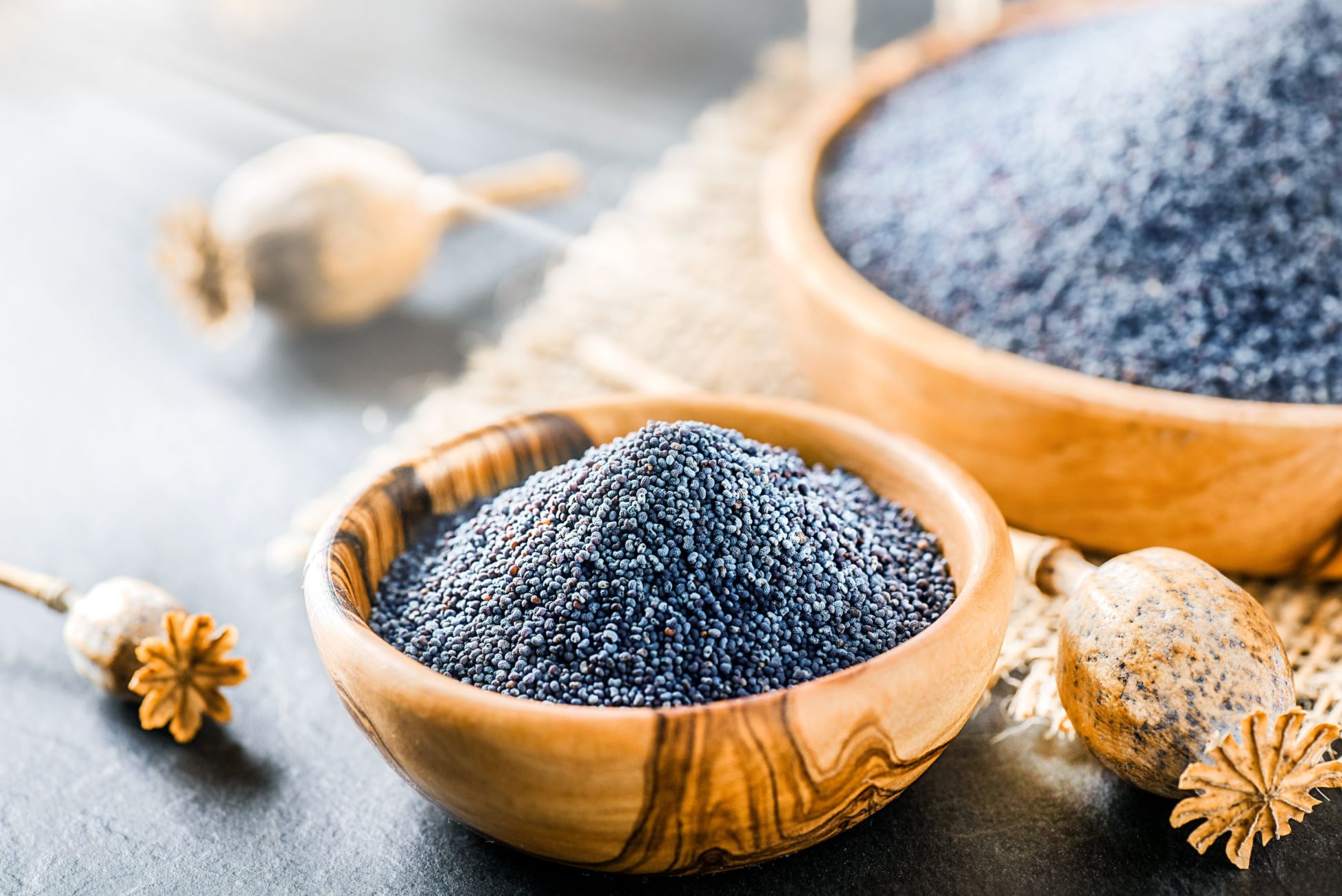
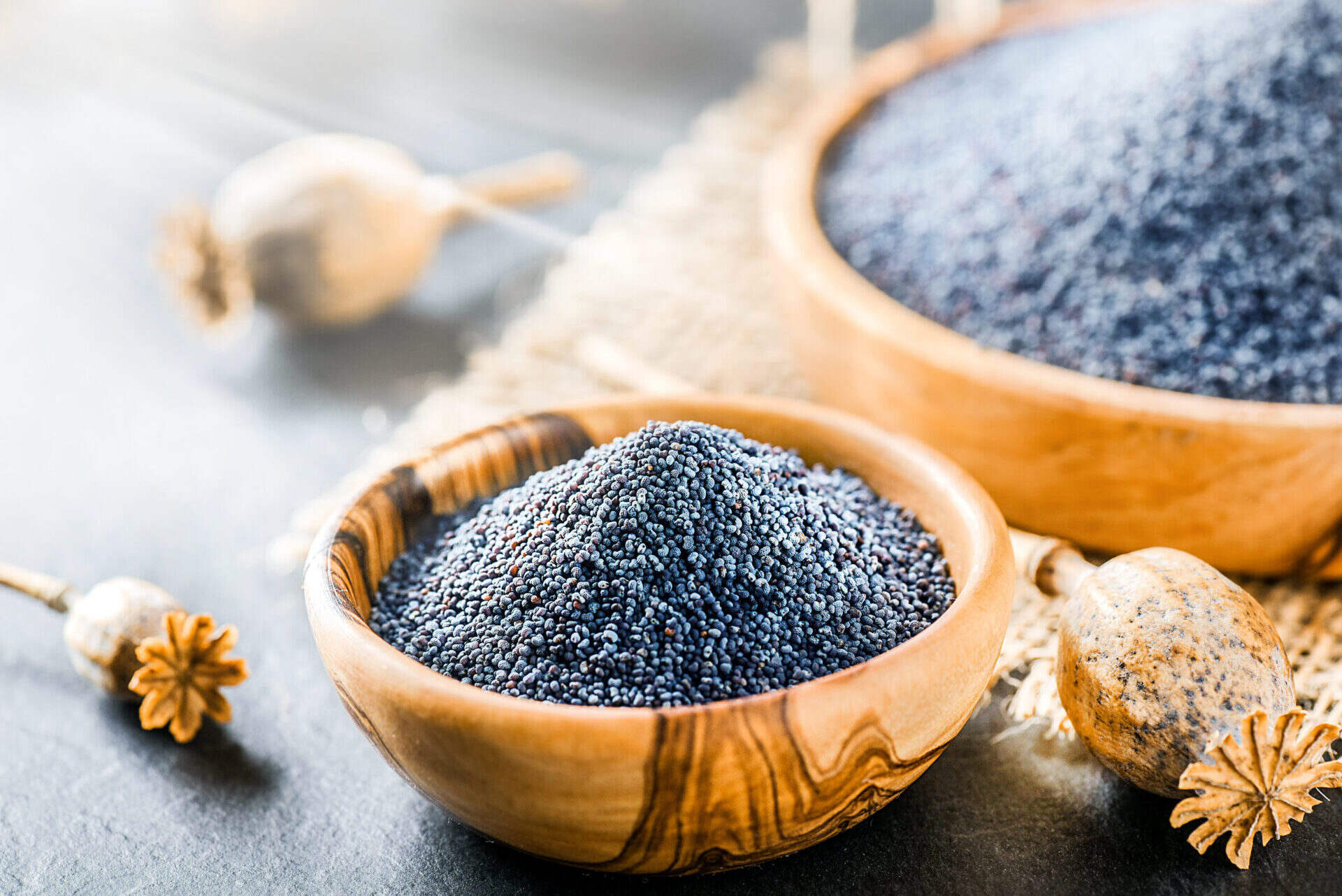

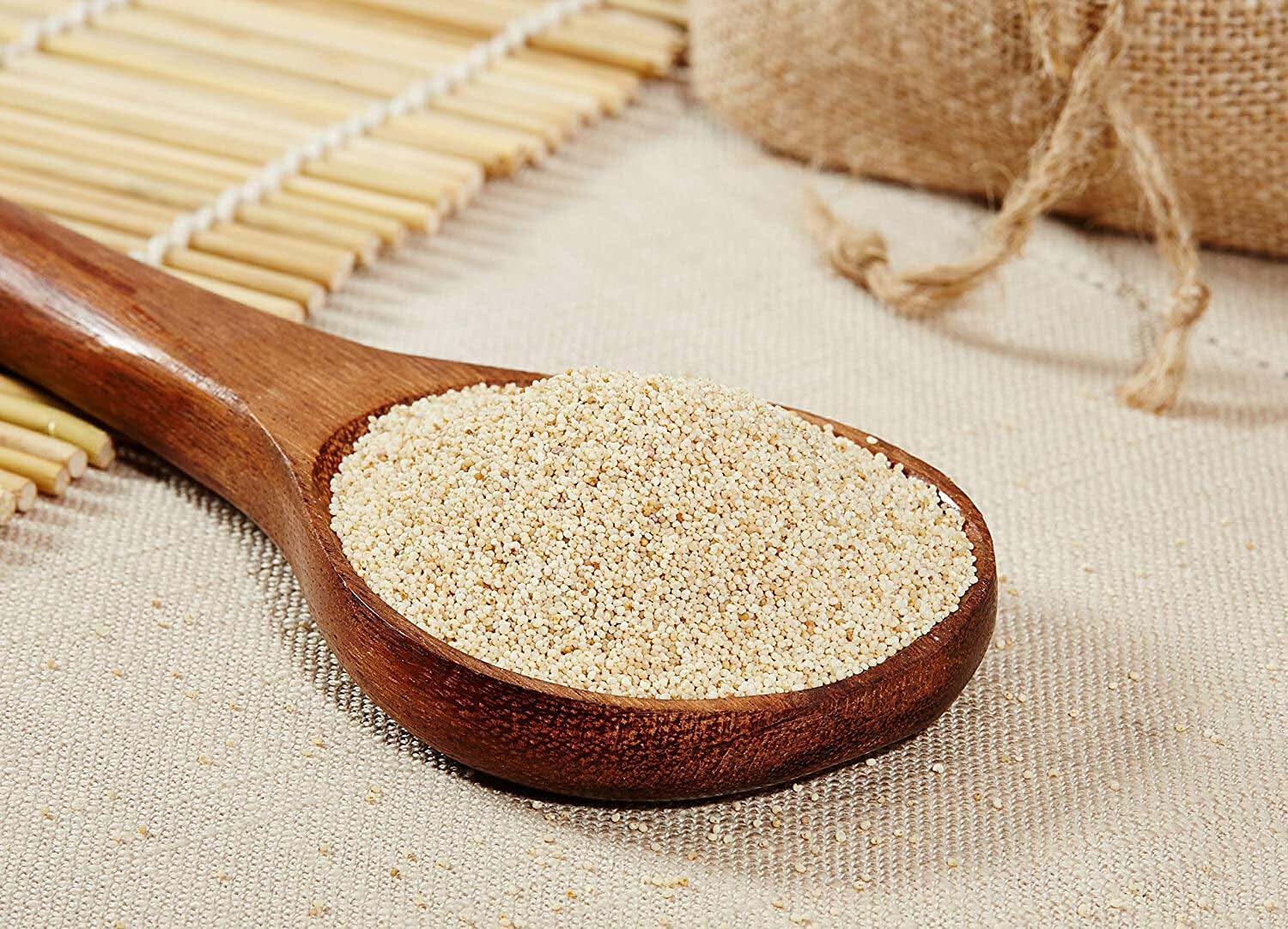

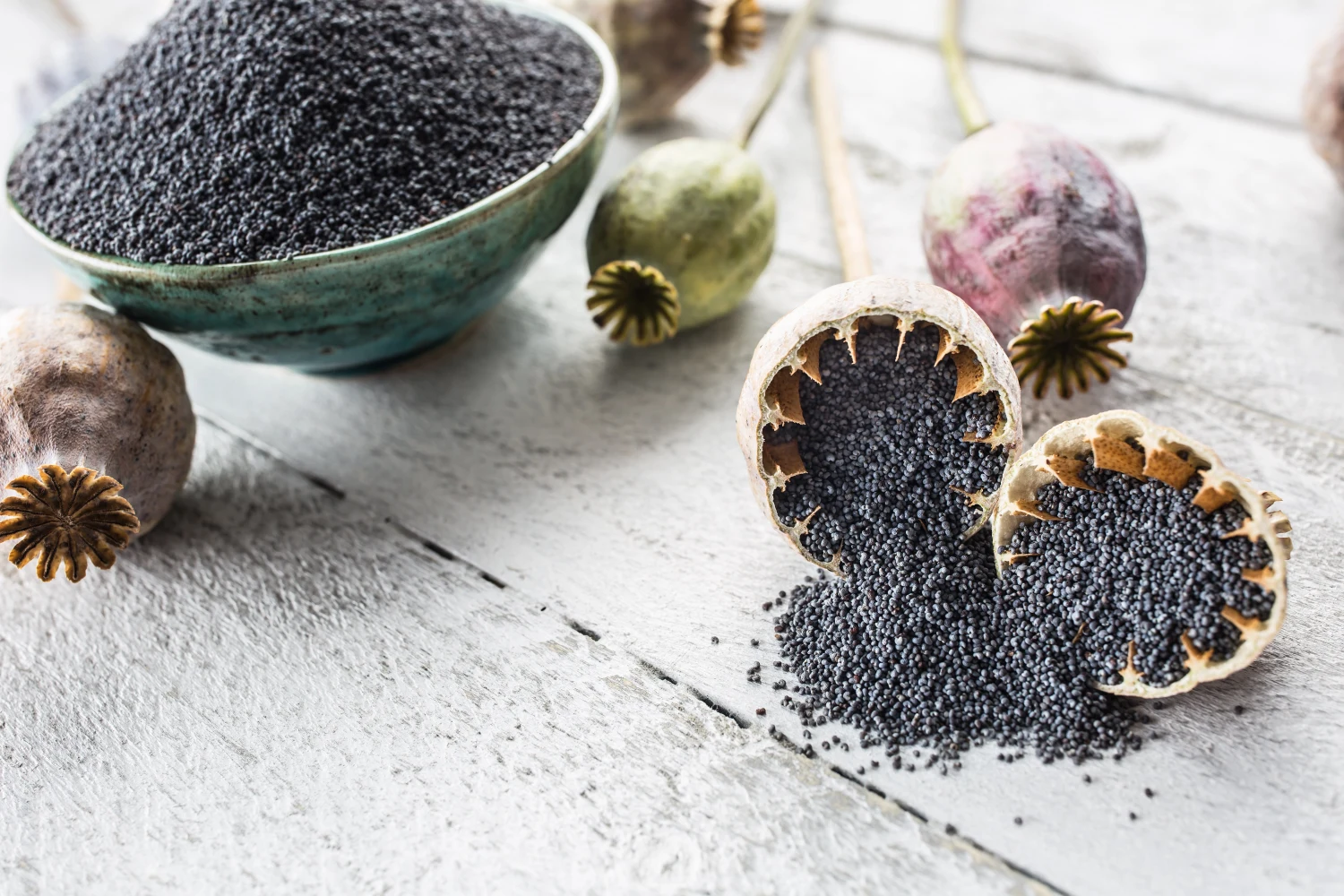
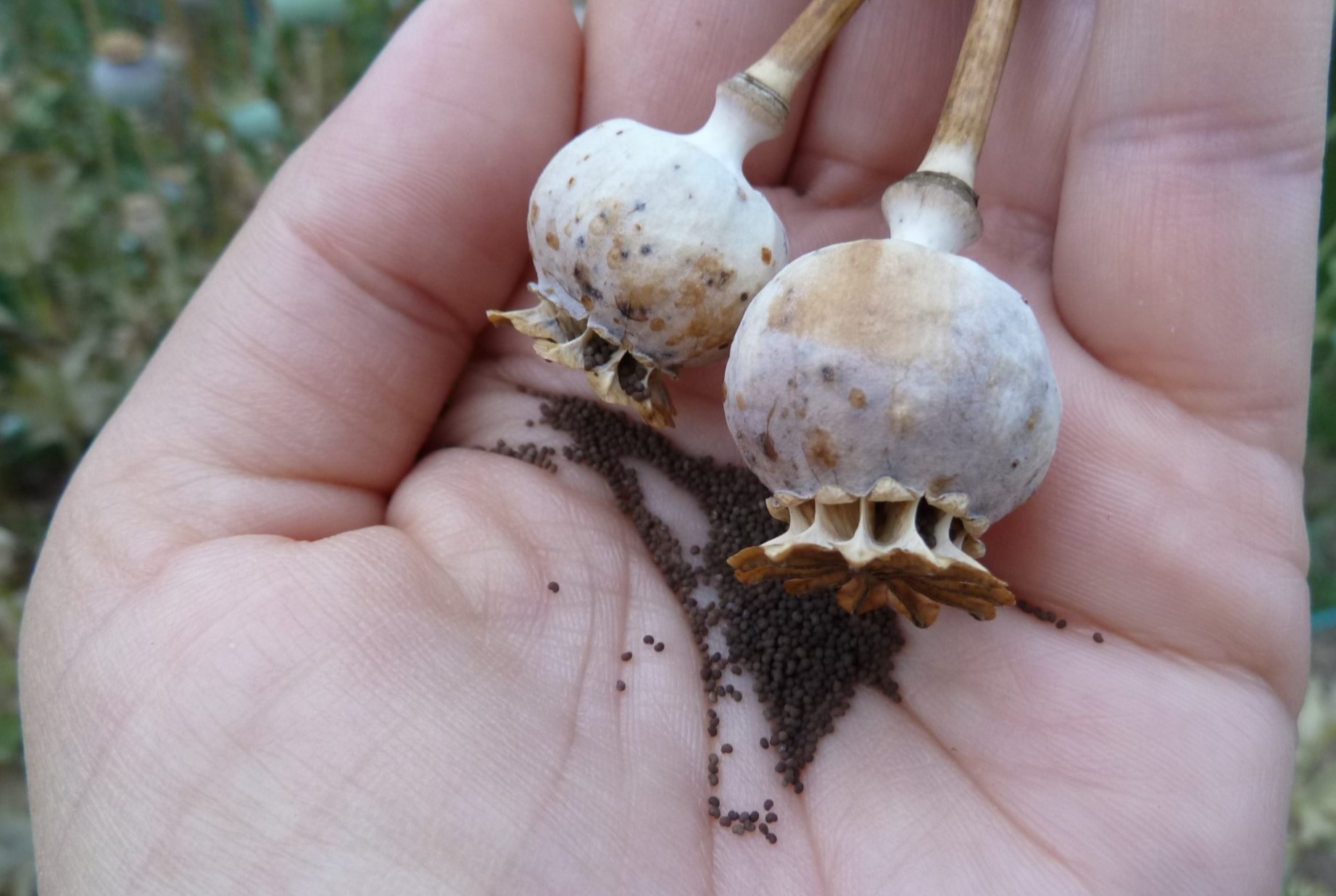
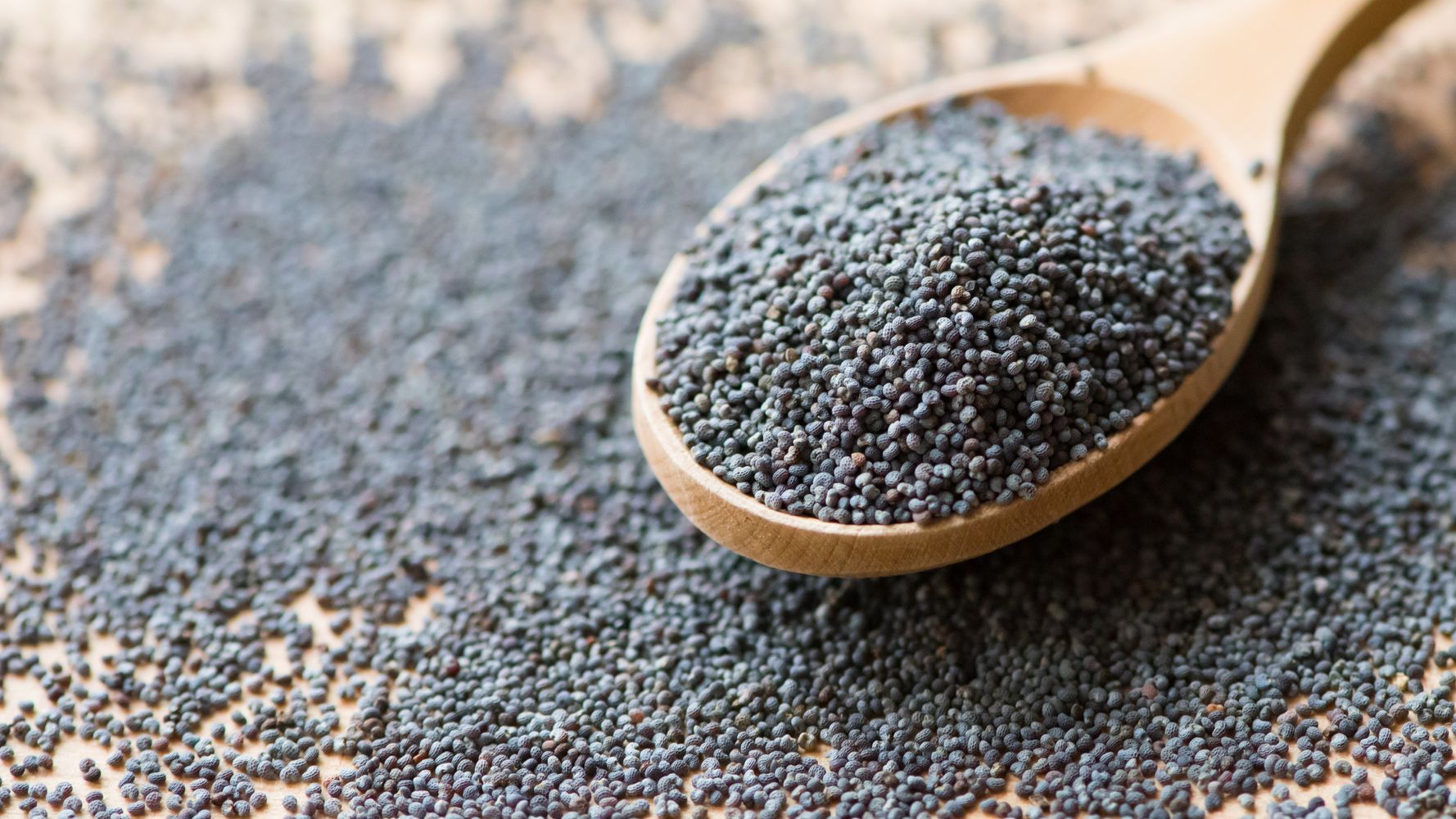
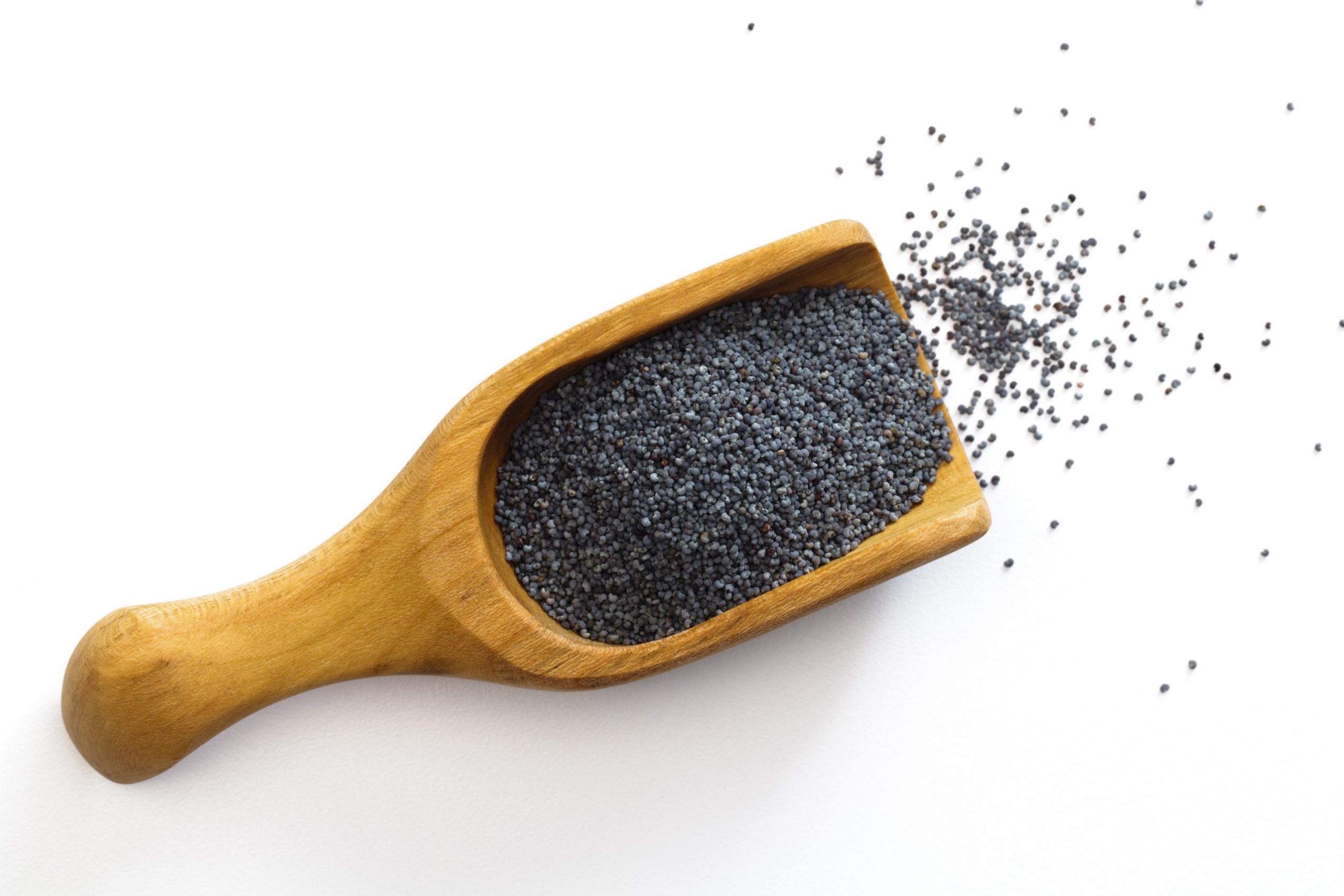
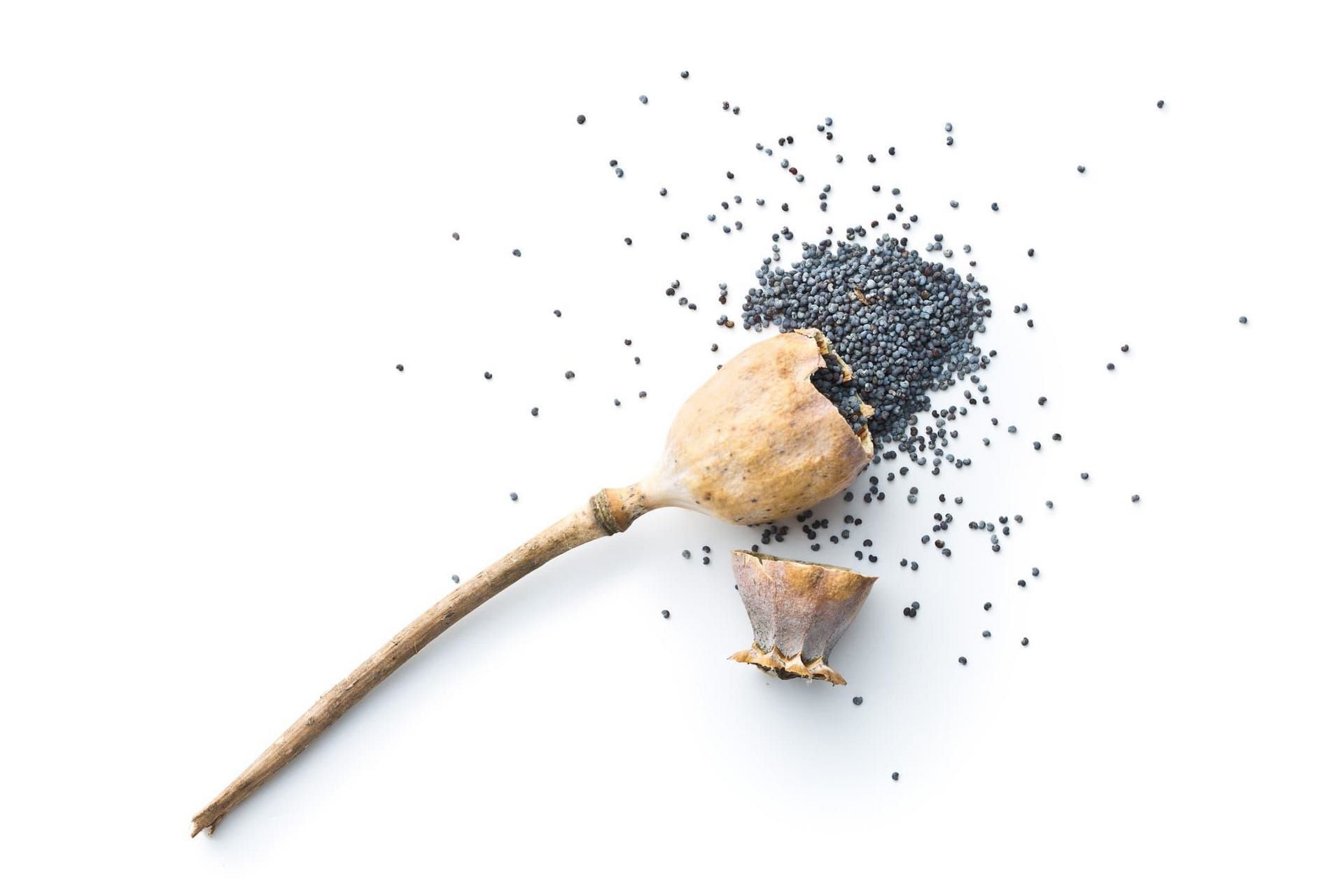


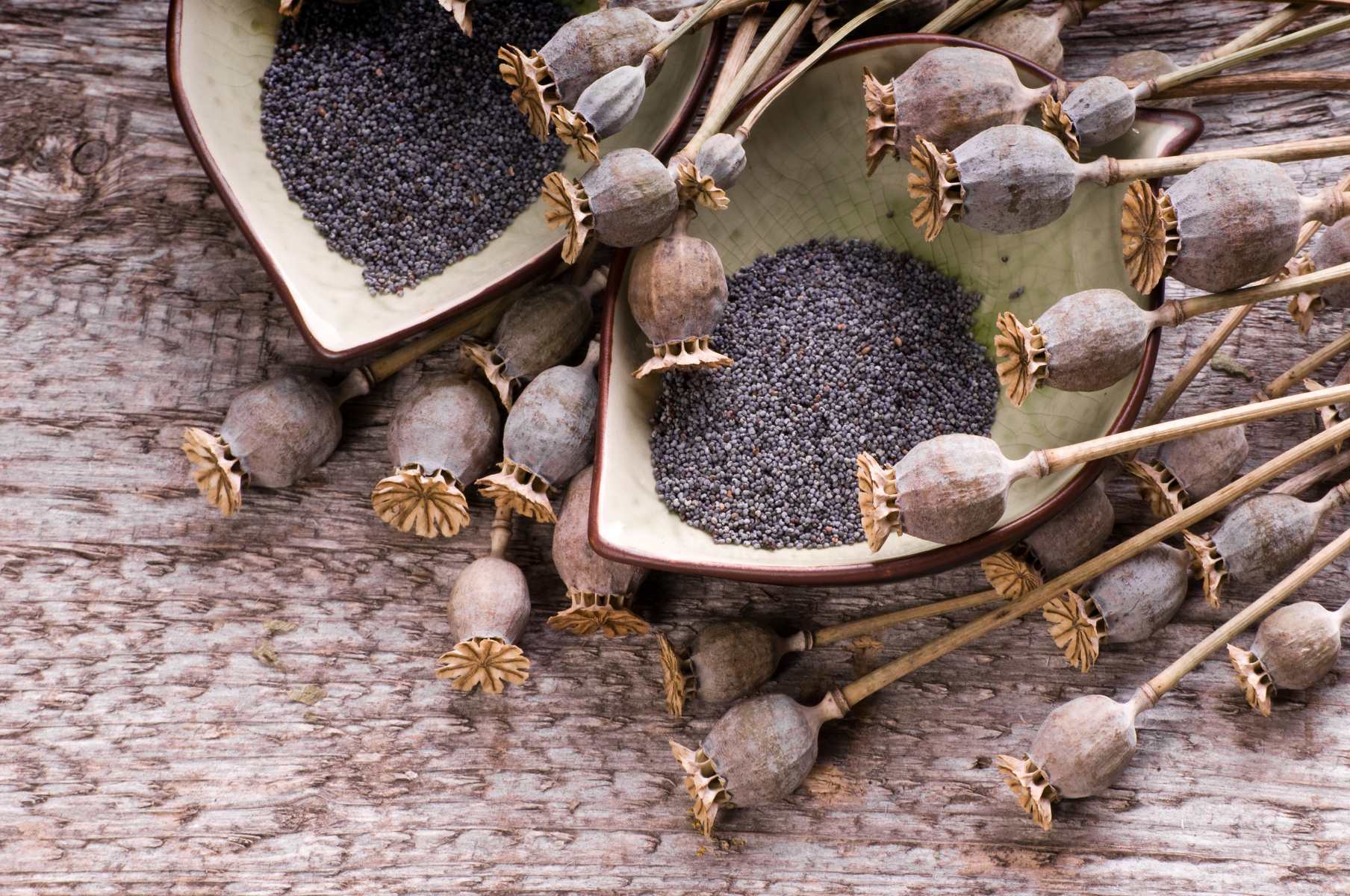


0 thoughts on “What Is Poppy Seed Dressing”